Dharma and Karma are the most heard words of everyone; sometimes, they are also used interchangeably by people. There are many philosophical and religious aspects of these two words. Particularly, “Dharma” is used to denote religion in the stereotypical events and mentalities. Karma means the actions of any person; these words are taken from the Sanskrit texts.
It is unfair to bind them in any single word because the meaning changes with the phrase and the sentence in which they’re used. So, we can say that different meanings change by the philosophical nature in which they are used.
What is Dharma?
The word “Dharma” refers to the religious duty of every person. In past decades, most people interpreted this in the same way. It was never about religion; it is “who you are” that comes from the duty, for which you are born. The word “dhri” means the force that holds life together. It was never related to the birthplace of any person; it is a duty for which s/he are born. We can also explain this by saying life's purpose.

What is Karma?
Karma is another wide aspect of the same philosophy. We can define it as the foundational steps in achieving Dharma is known as Karma. It also shows that “kriya” means to do an action in alignment. They show learning and chapters from the different phases of life, which are karma. Karma is also categorised into four parts:

Sanchita Karma:- It is stored karma from the different lives of any human being.
Prarabhda Karma:- It is karma that is experienced by any person at present.
Agami Karma:- The Karma which you are creating now.
Kriyaman Krama:- It is karma, with instant results.
How can we Correlate Karma and Dharma?- Dharma vs Karma
Karma is the sacred duty of anyone, and Karma is how you complete that duty. You leave imprints from your karma while performing Dharma. Some Ancient text also defines dharma as the sacred duty chosen by the soul, and karma is the consequence, which may be conflicted or good, depending on the way you perform it.

For the Human body, Dharma is the inner compass pointing or directing you in a particular direction. On the other hand, karma is the GPS of life; it denotes where you are and where you have to go. We can also understand this from an example:
A doctor’s Dharma is healing irrespective of gender, caste, religion and race, and karma is how he is his way of healing and reacting to the patient. He may scold him, which is conflicting karma, and he may be a good counsellor during that healing, which builds peace in society and will generate fame.
|
Karma |
Dharma |
|
Gives tests to human lives |
It is about how one chooses to answer it |
|
Can be dissolved by Dhrama |
By acting on the true path, Dhrama fulfilled |
|
Decides Circumstances of life |
Decide Choices in life |
|
Spiritual GPS to answer the position |
Inner compass to guide you |
|
Energy you generate |
sacred duty in a lifespan |
Path of Salvation Guide: From Karma to Dharma
This question comes from the inner wisdom of any human being: what to do so that we can convert karma to dharma. The principle of the selfless act is known as “karmayog”; it is also a part of the yoga philosophy. It is loving someone without expecting it back from the person; it is a way of clarifying karma.
In the Bhagvad Gita, Karmayoga is defined as the part of spirituality where actions become devotion. This method of karma clears and purifies the pathway of salvation for a soul. It is also known as the way of practising detachment, and it is the only path to serve humanity in a better way. The way of practising selfless acts is:
- By increasing Nam japa or chanting of the god, and always remembering that only god is the truth.
- By practising physical yoga like ashtanga yoga or hatha yoga.
- Deep inner knowledge or methods of Jnana yoga.
- By creating an independent energy source.
Conclusion
The Difference between Karma and Dharma is that one is the imprint or footsteps while performing the other. They are also known as a different journey for the same goal. There are different explanations for these two in different texts. A yogi can choose any path to liberate the soul from the cycle of birth and death.









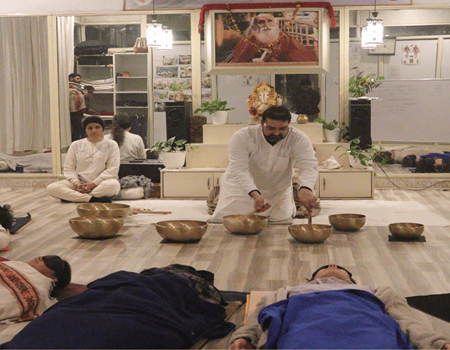



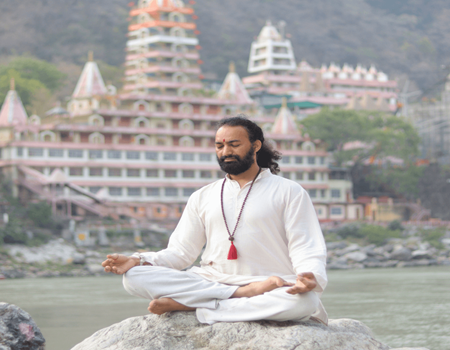
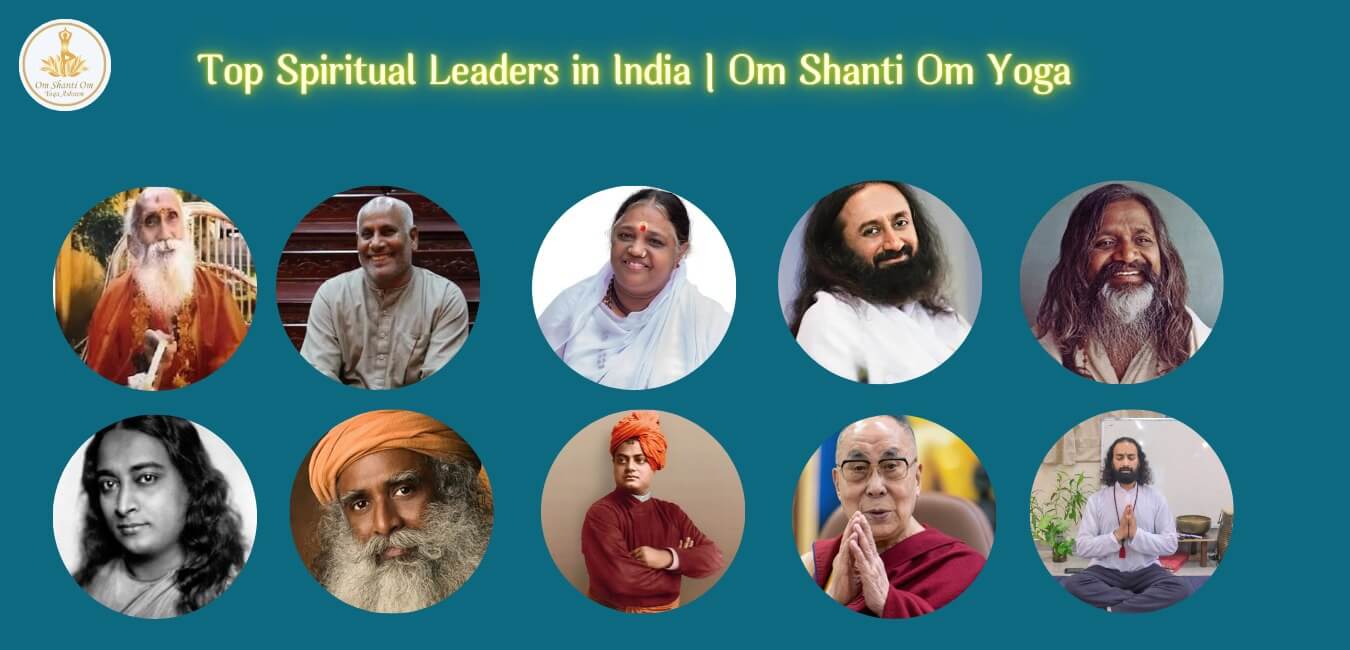
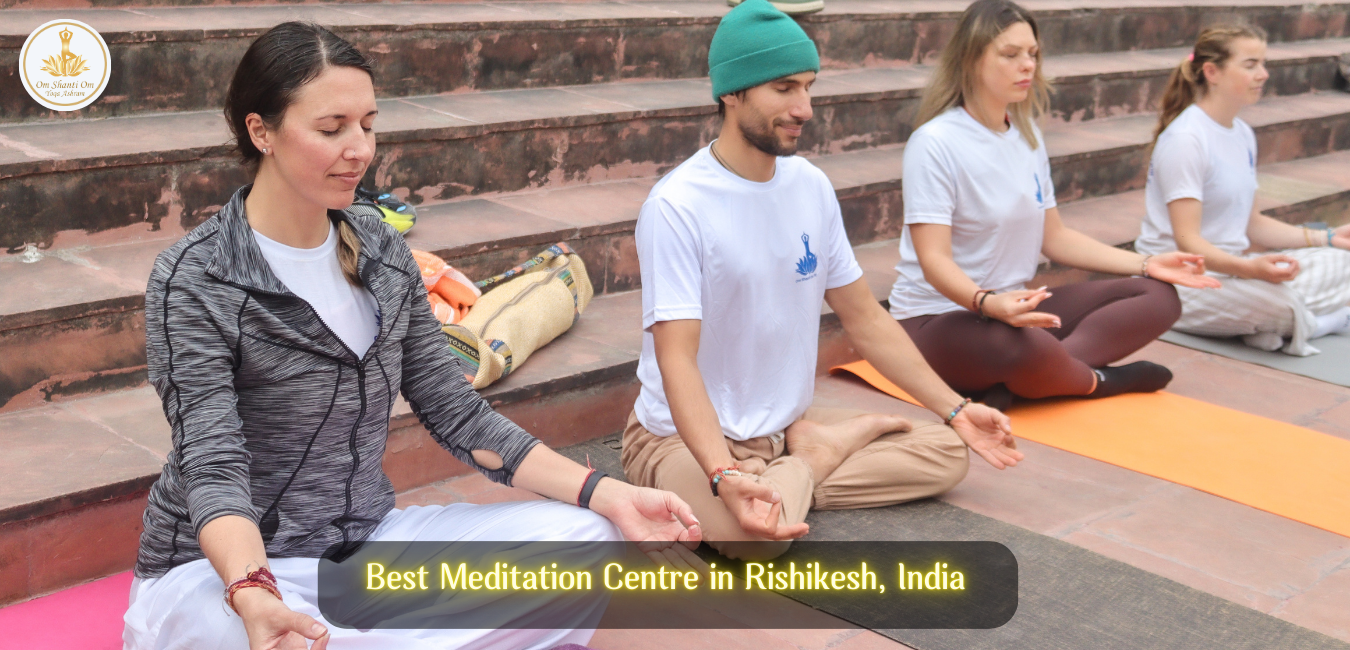

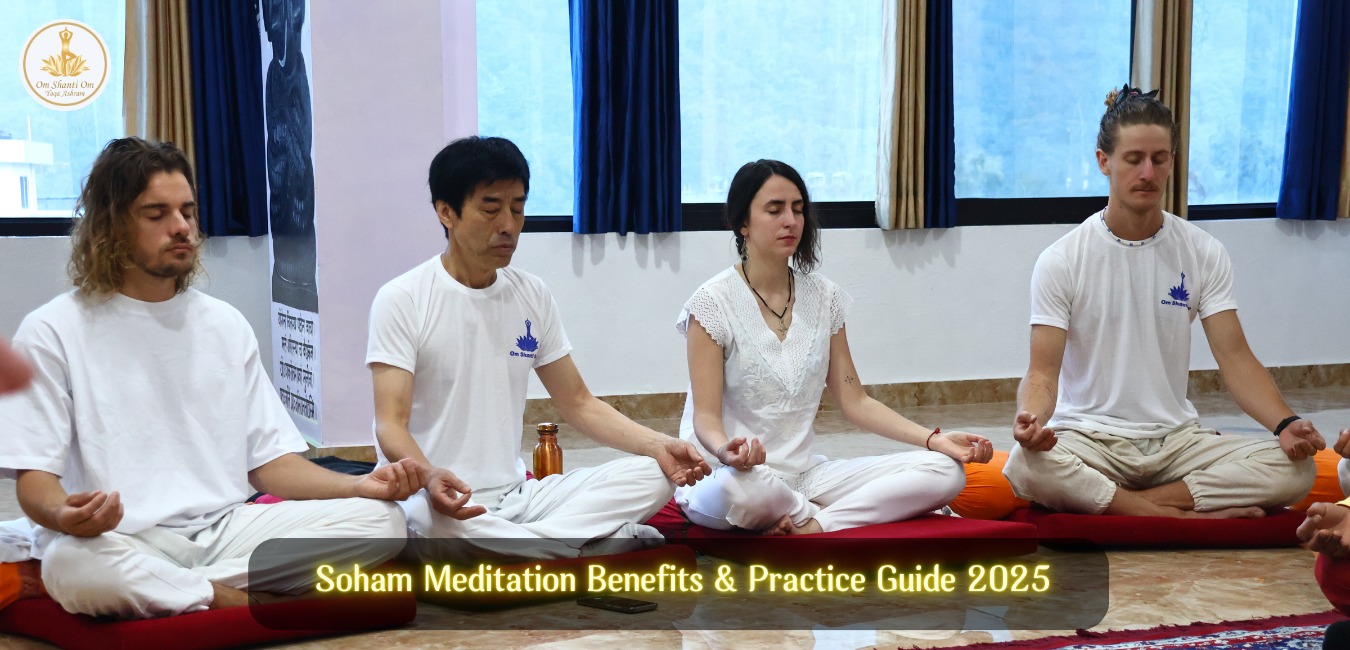

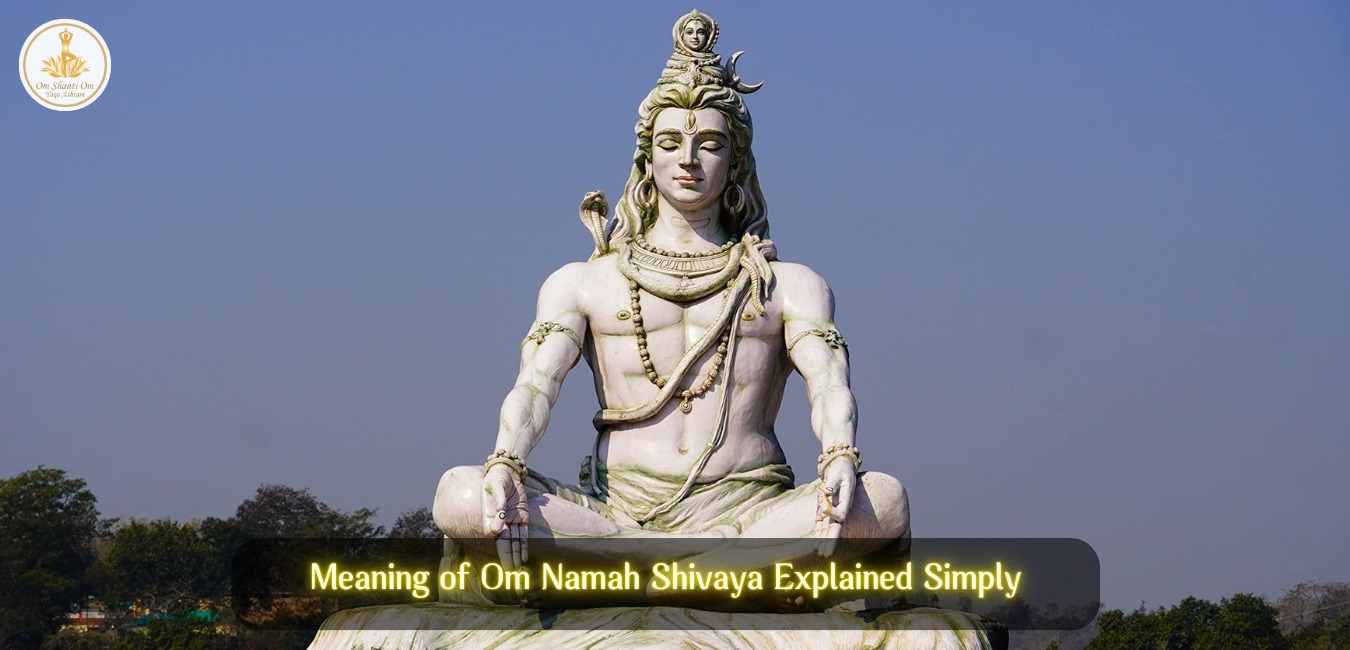
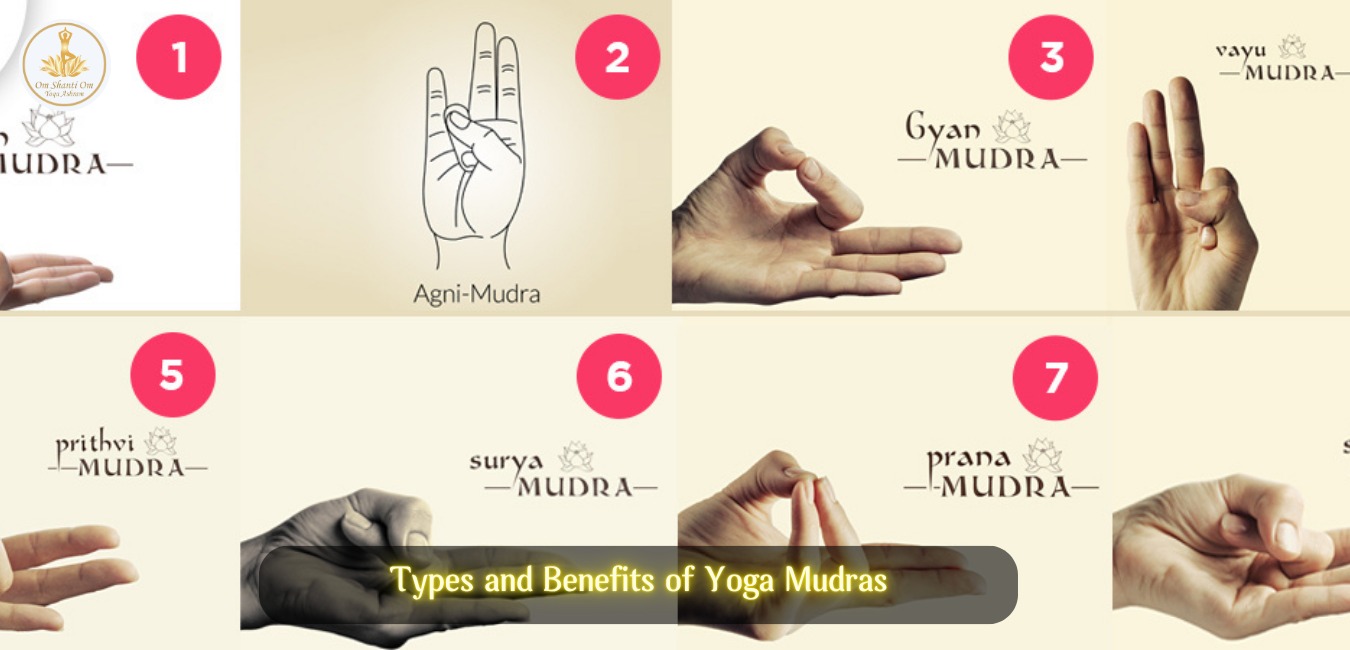



0 Comments
No comments yet. Be the first to comment!